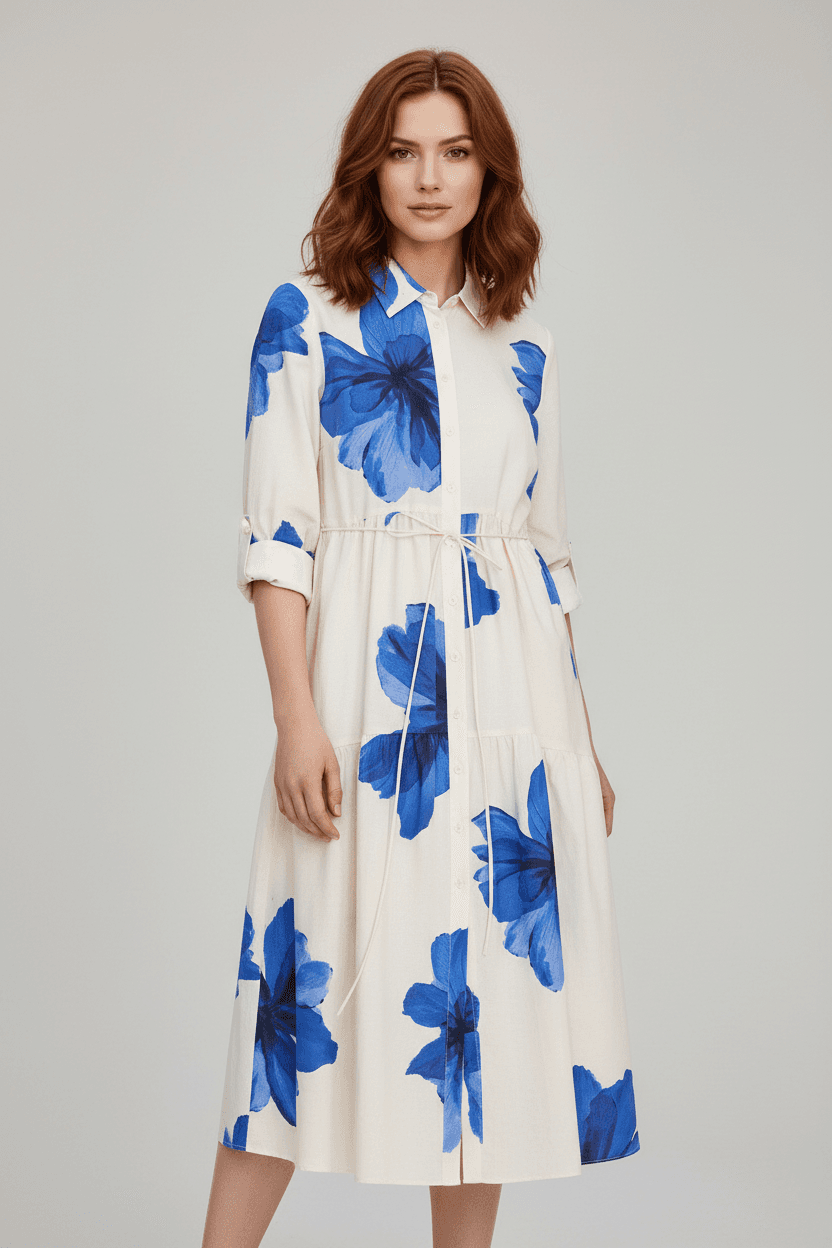How Fashion Brands Can Use AI Models to Save on Photoshoots
Published on September 21, 2025


In the fast-paced world of fashion, brands are continually looking for ways to innovate while keeping costs manageable. Traditional photoshoots have long been a staple of marketing strategies, yet they often come with hefty price tags, lengthy timelines, and significant logistical challenges. Fortunately, advancements in artificial intelligence (AI) are transforming this landscape, enabling fashion brands to streamline their processes and rethink how they create visual content.
The Challenges of Traditional Photoshoots
Traditional fashion photoshoots typically involve the coordination of various elements: hiring photographers, booking studios, casting live models, and managing looks. This complex process can span days or even weeks, consuming valuable resources and budgets. For many brands, particularly smaller ones, these challenges often make it difficult to scale their marketing efforts and launch collections in a timely manner.
Enter AI Models: A Cost-Effective Solution
Imagine being able to create stunning, styled product shots without the need for extensive planning or a large team. AI models, both male and female, offer fashion brands this level of convenience. By utilizing advanced AI technology, brands can upload images of their clothing and instantly generate polished, trendy marketing visuals.
This innovative approach eliminates the costs associated with hiring external photographers and models. Instead of juggling schedules and managing logistics, brands can focus on what they do best: designing and promoting their collections.
Speed Up Catalog Creation
A major advantage of AI-powered model photography is the speed at which brands can produce their catalogs. Traditional photoshoots can take weeks, if not months, to fully execute. With AI technology, brands can release services and product images almost instantaneously, giving them a crucial edge in a competitive market. As trends emerge and consumer preferences shift, this adaptability is key to maintaining relevance.
Virtual Try-On Technology
In addition to creating captivating visuals, virtual try-on technology provides significant benefits to both brands and customers. By allowing customers to see clothing on AI-generated models, consumers can better gauge how items will fit their body types. This realistic visualization helps reduce product returns, which can be a costly issue for many retailers. Satisfied customers who have a clear understanding of how an item will look on them are far more likely to finalize their purchases, thereby boosting sales.
Embracing Diversity in Fashion
Diversity has become a necessary conversation in the fashion industry, and AI technology takes significant strides to address this. By leveraging AI models, brands can showcase products on various body types, genders, and styles. This inclusivity not only resonates with consumers but also enhances brand image and loyalty. The result is a more relatable and appealing collection that speaks to a wider audience.
A Case Example: How Small Brands Thrive
Small fashion brands, which may lack the resources of larger corporations, can particularly benefit from AI-driven solutions. With the ability to launch new collections faster and more affordably, these brands can capitalize on emerging trends without the burden of traditional shoot costs. This innovation allows them to enhance their visibility and compete effectively in the market.
Conclusion
As the fashion industry continues to evolve, the integration of AI technology presents an exciting opportunity for brands to streamline their marketing efforts and create compelling content. By adopting AI models, fashion brands can save on photoshoot costs, speed up catalog creation, and produce diverse and consistent visuals that resonate with customers.
Ready to elevate your fashion content? Try PixUp AI and discover how our virtual fashion models can help you cut photoshoot costs and scale your brand effectively.